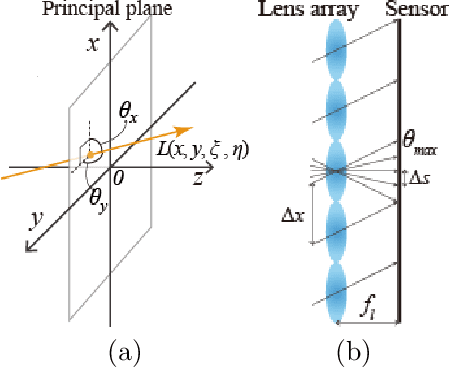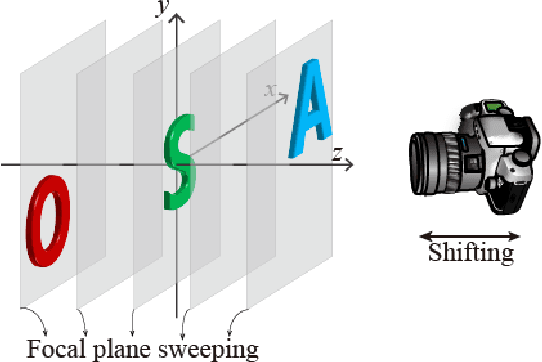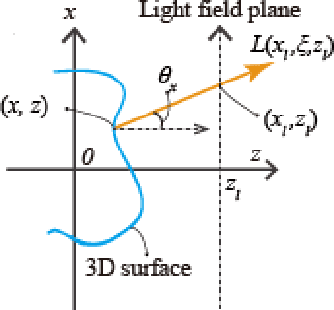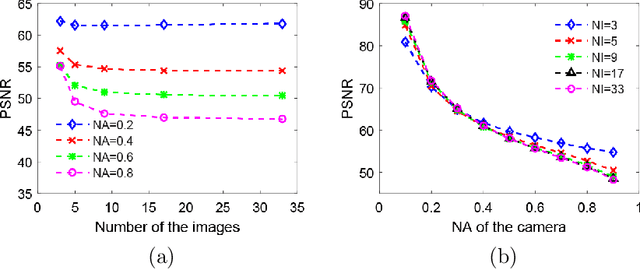Zhenbo Ren
On the use of deep learning for phase recovery
Aug 02, 2023Abstract:Phase recovery (PR) refers to calculating the phase of the light field from its intensity measurements. As exemplified from quantitative phase imaging and coherent diffraction imaging to adaptive optics, PR is essential for reconstructing the refractive index distribution or topography of an object and correcting the aberration of an imaging system. In recent years, deep learning (DL), often implemented through deep neural networks, has provided unprecedented support for computational imaging, leading to more efficient solutions for various PR problems. In this review, we first briefly introduce conventional methods for PR. Then, we review how DL provides support for PR from the following three stages, namely, pre-processing, in-processing, and post-processing. We also review how DL is used in phase image processing. Finally, we summarize the work in DL for PR and outlook on how to better use DL to improve the reliability and efficiency in PR. Furthermore, we present a live-updating resource (https://github.com/kqwang/phase-recovery) for readers to learn more about PR.
Analysis of the noise in back-projection light field acquisition and its optimization
Dec 30, 2016



Abstract:Light field reconstruction from images captured by focal plane sweeping can achieve high lateral resolution comparable to the modern camera sensor. This is impossible for the conventional micro-lenslet based light field capture systems. However, the severe defocus noise and the low depth resolution limit its applications. In this paper, we analyze the defocus noise and the depth resolution in the focal plane sweeping based light field reconstruction technique, and propose a method to reduce the defocus noise and improve the depth resolution. Both numerical and experimental results verify the proposed method.
 Add to Chrome
Add to Chrome Add to Firefox
Add to Firefox Add to Edge
Add to Edge